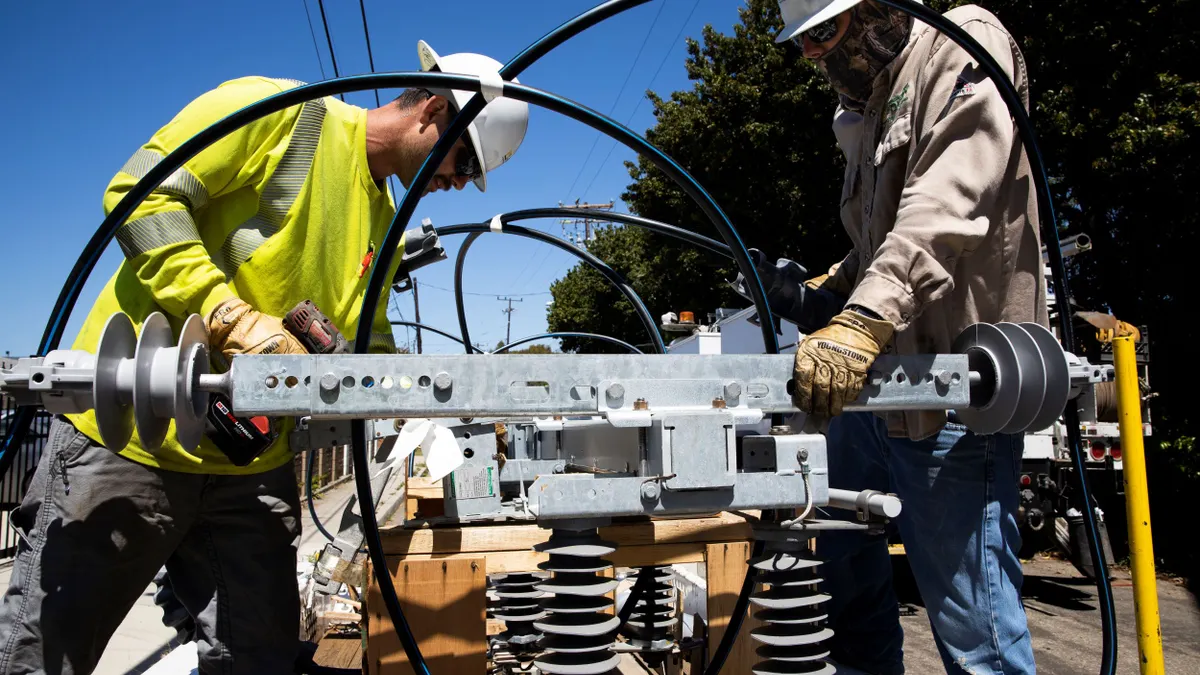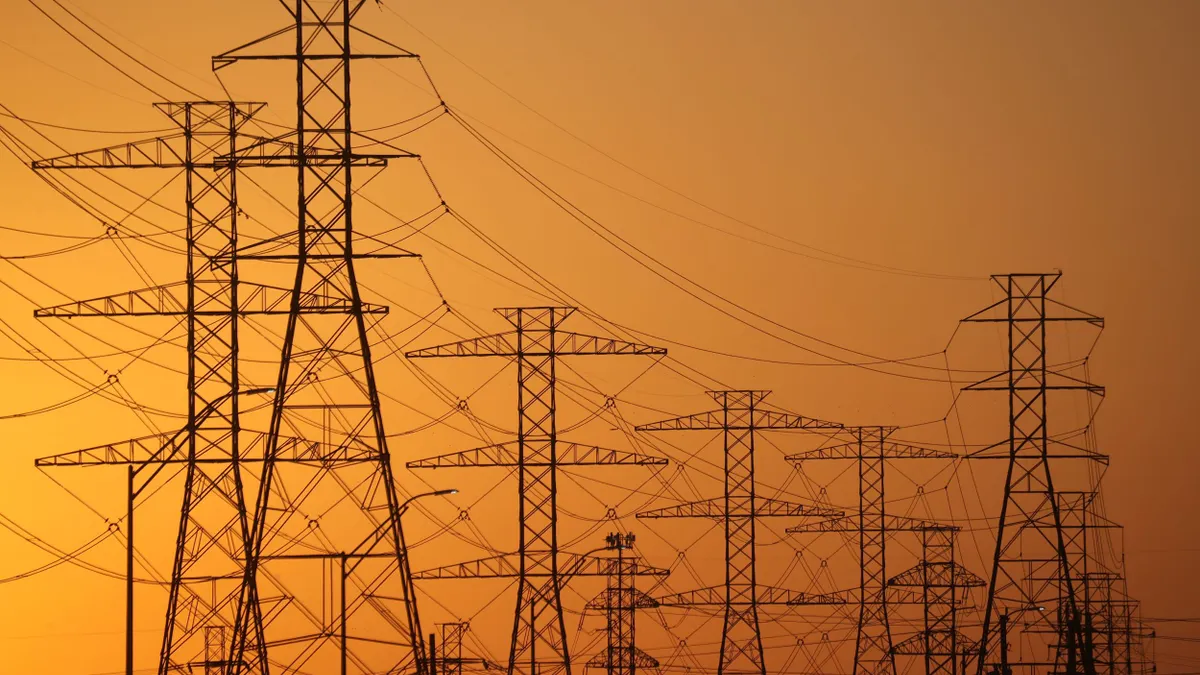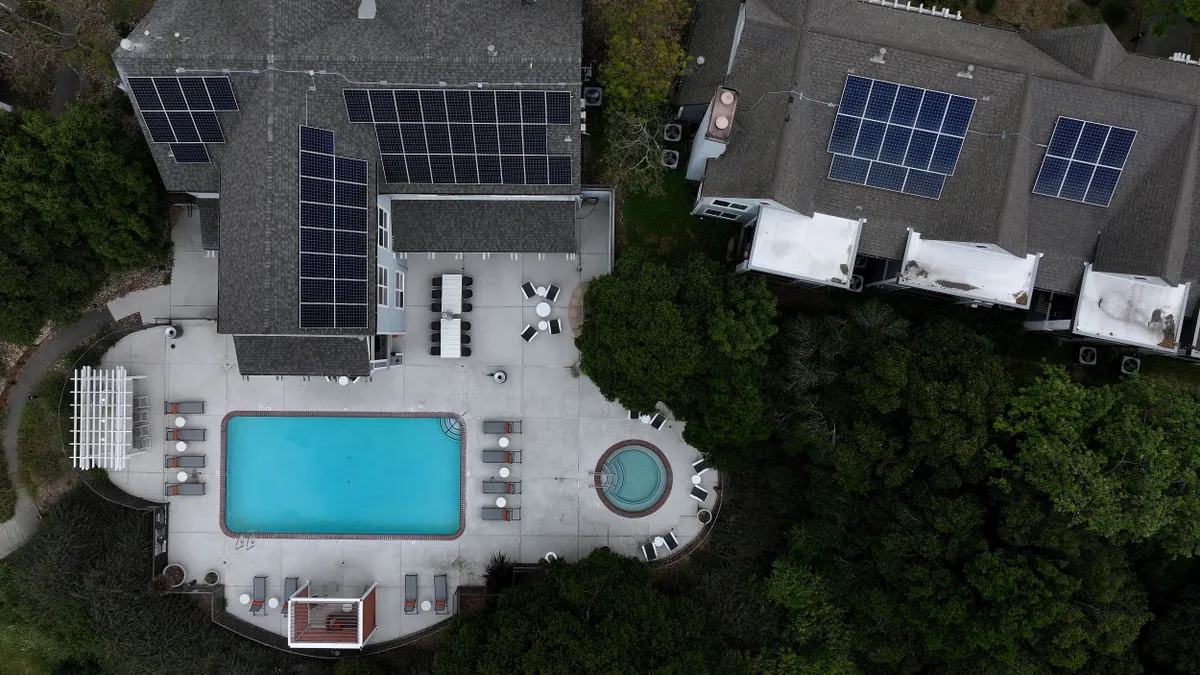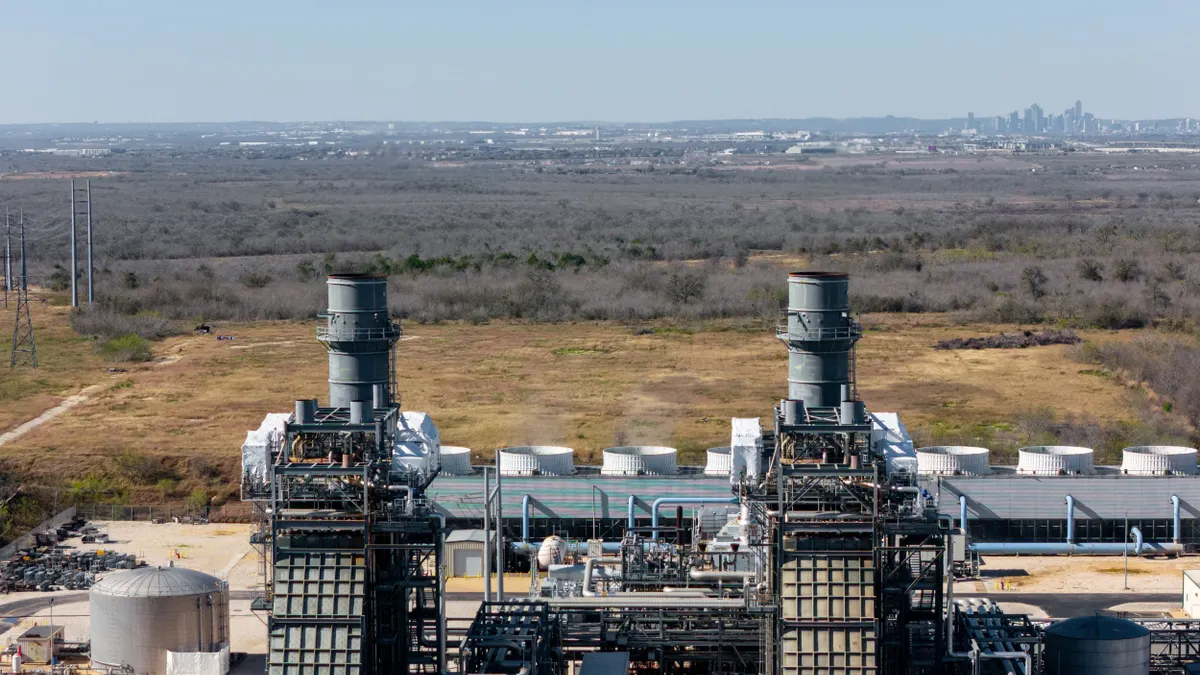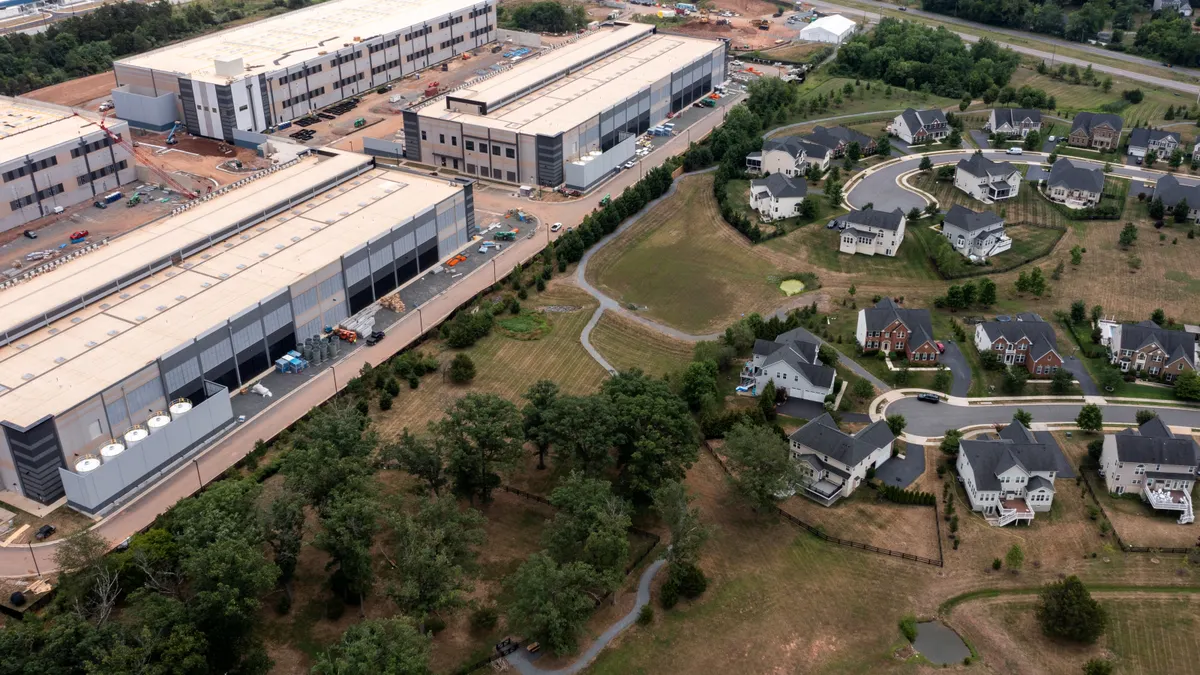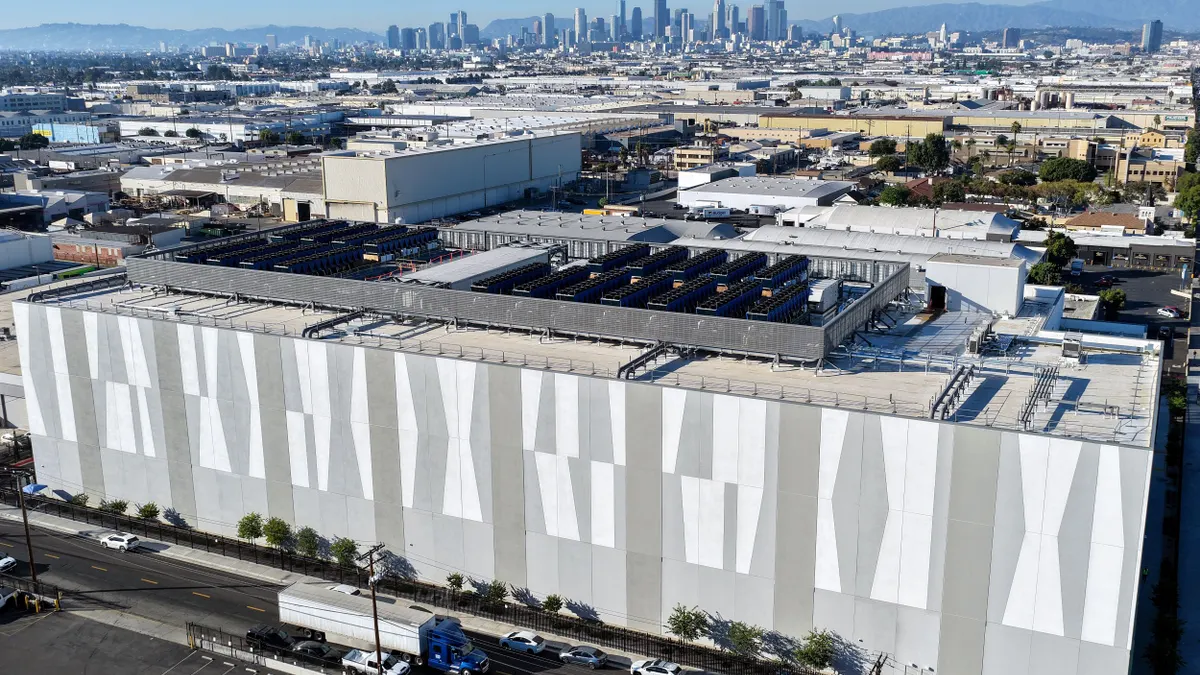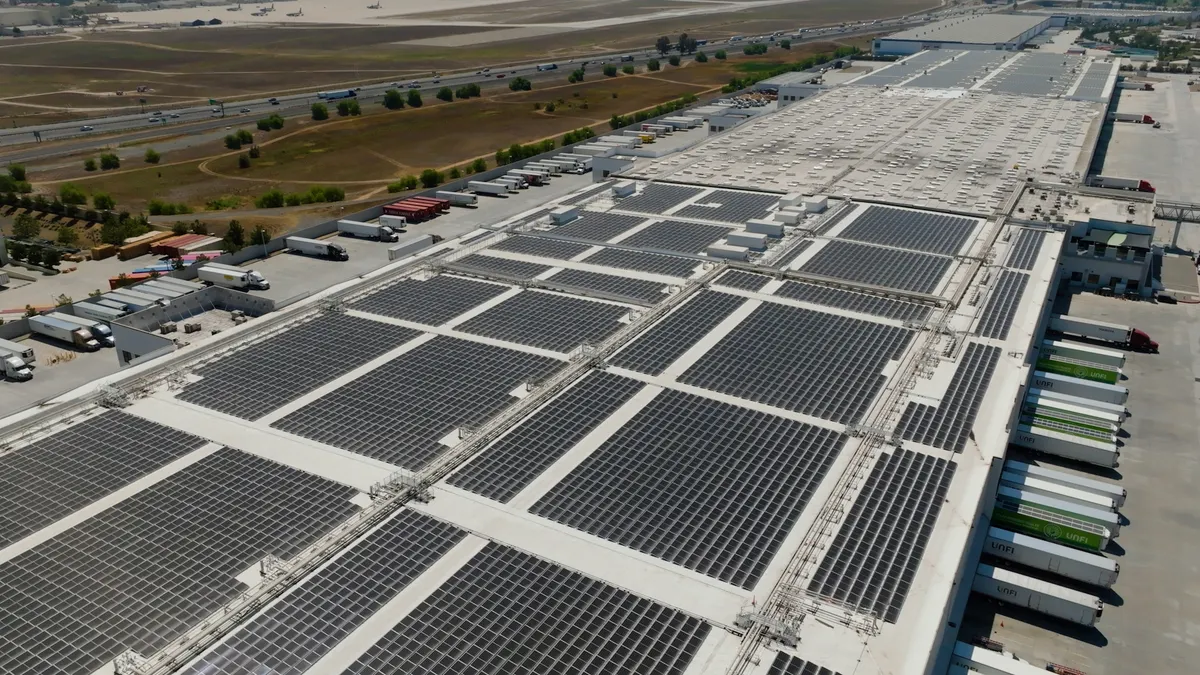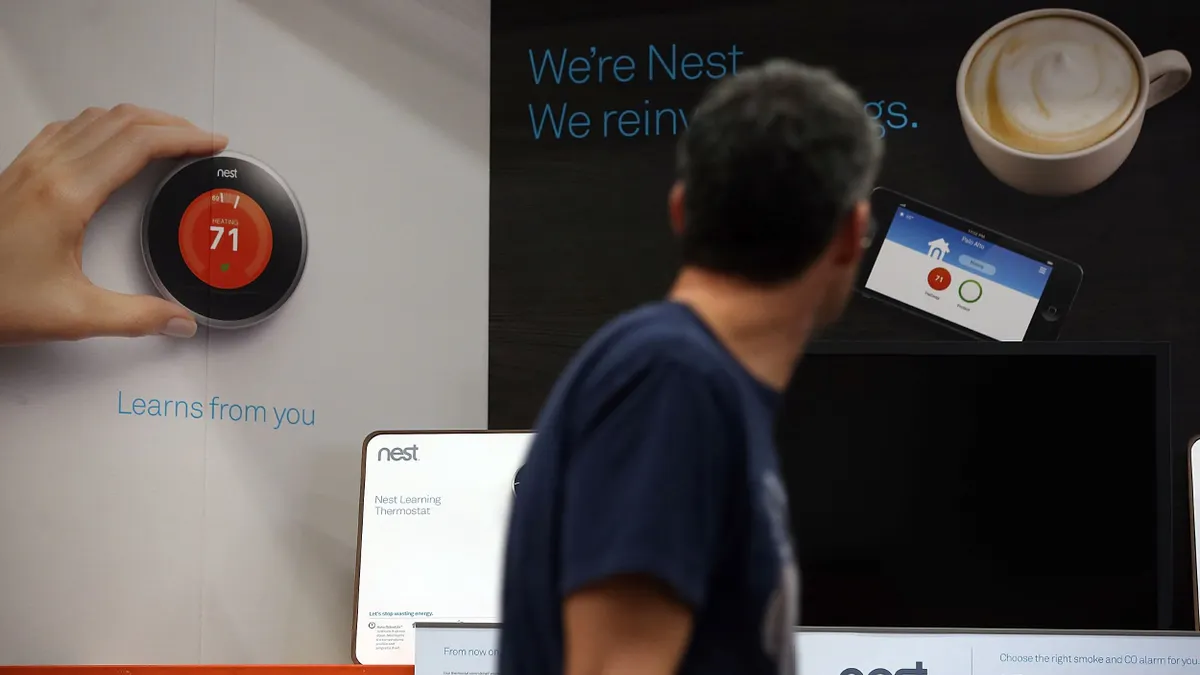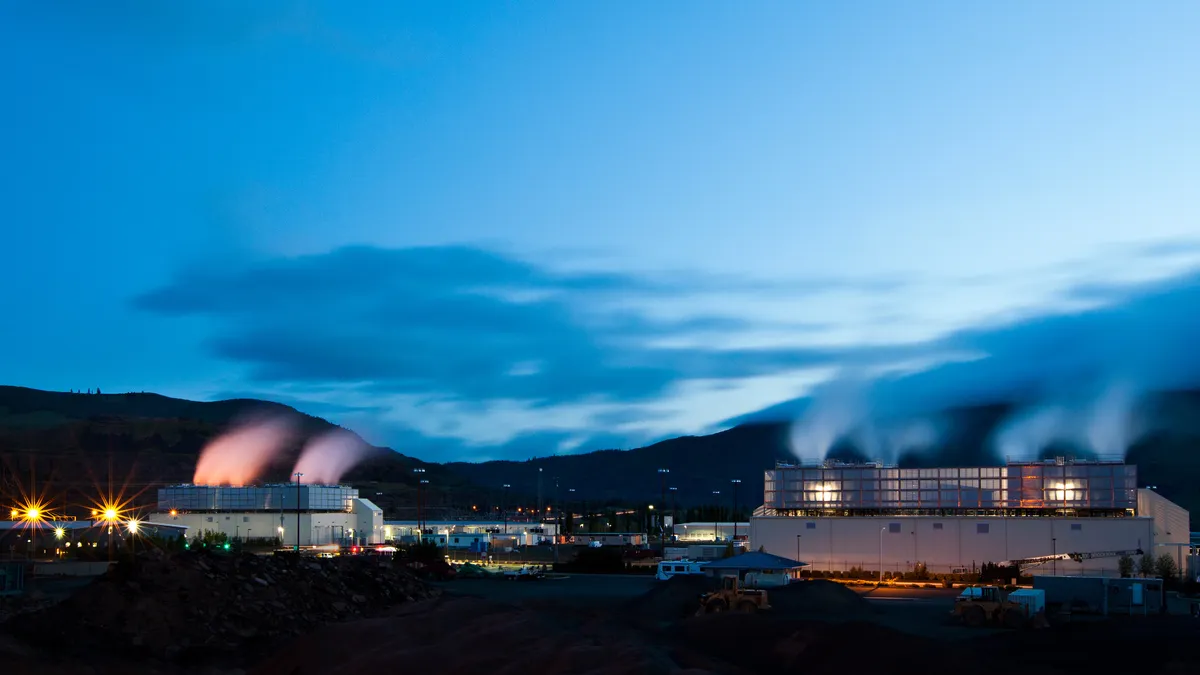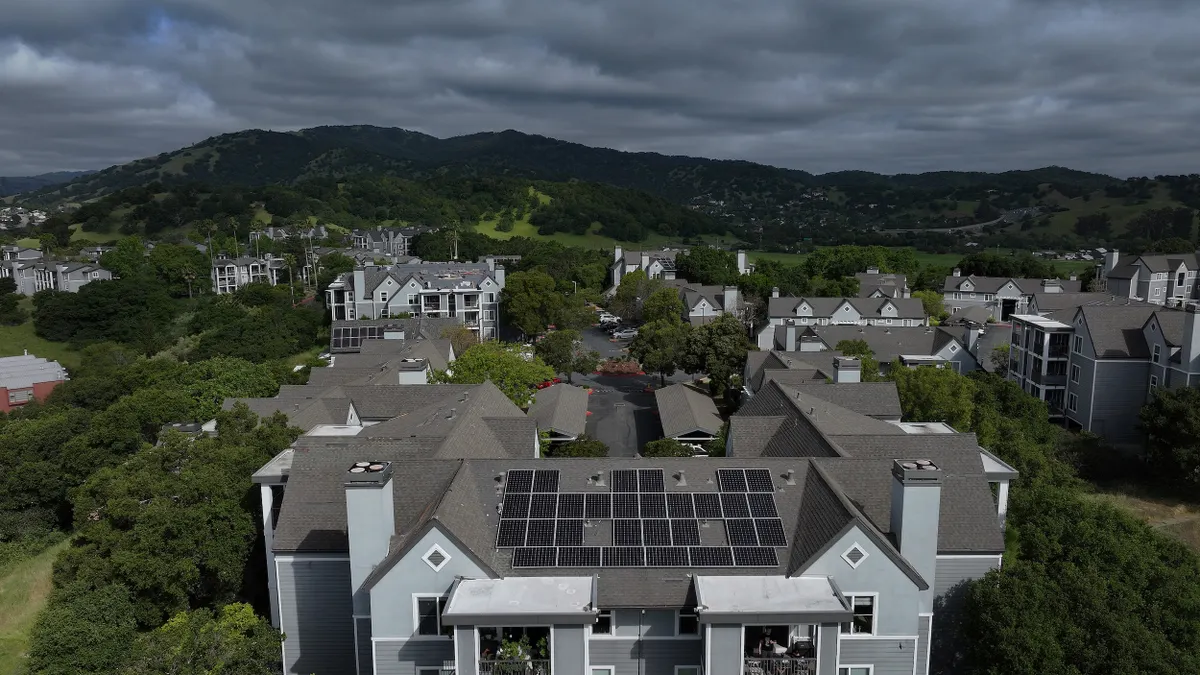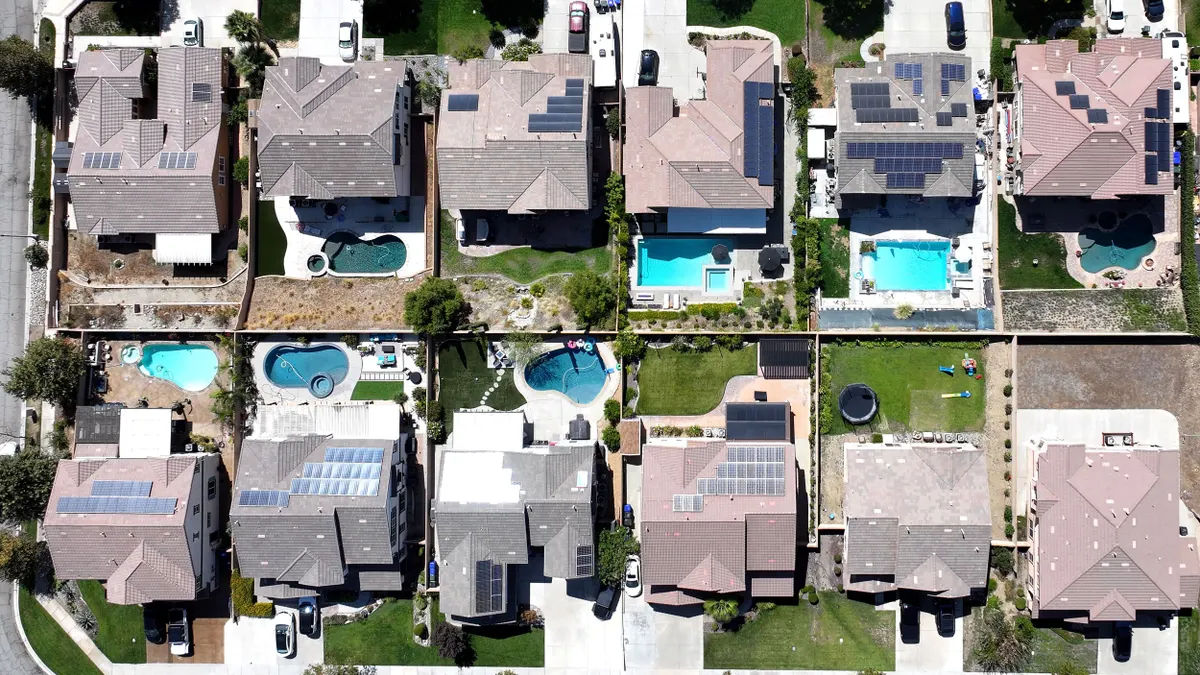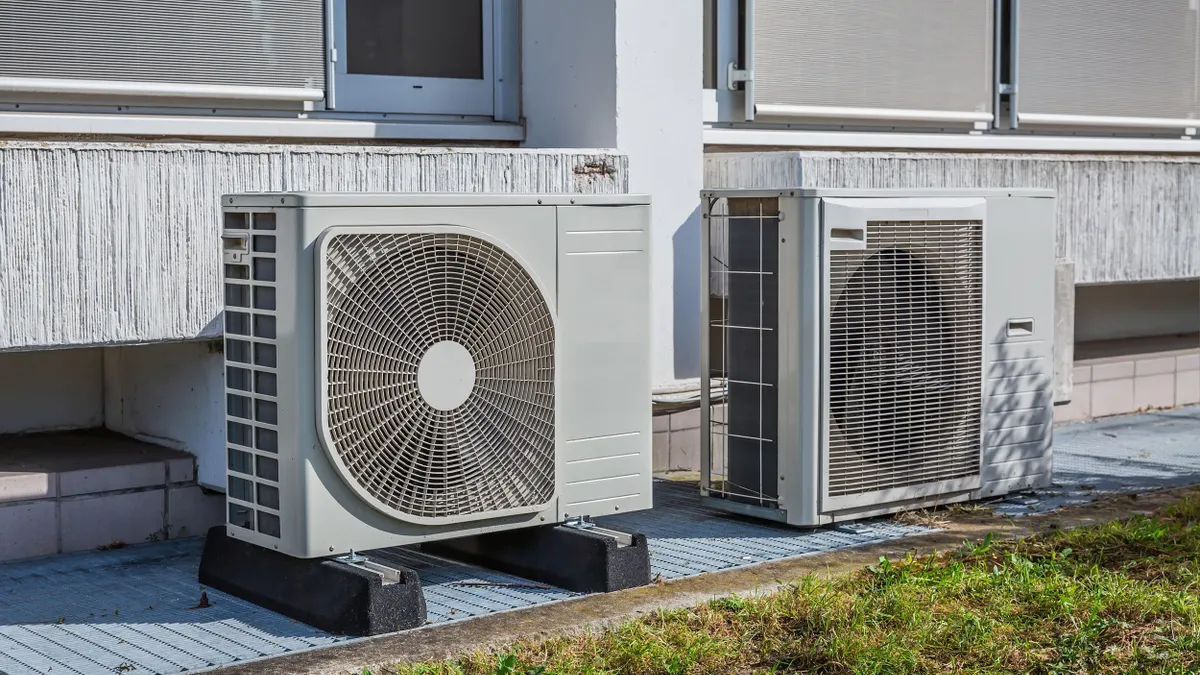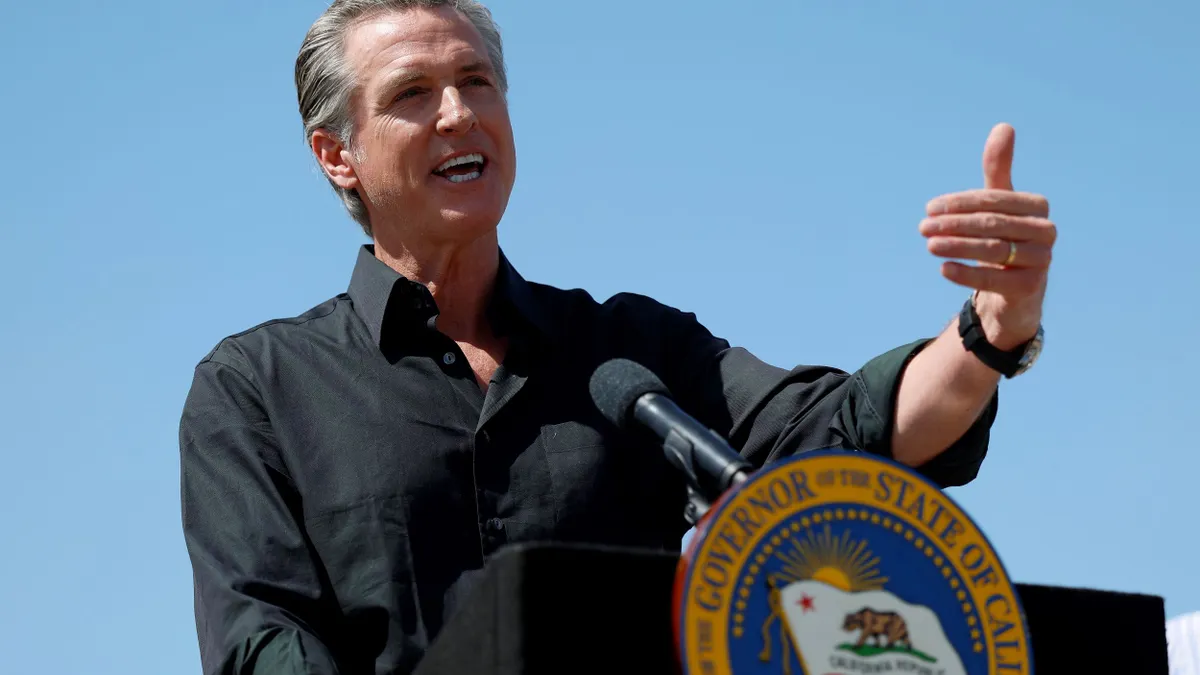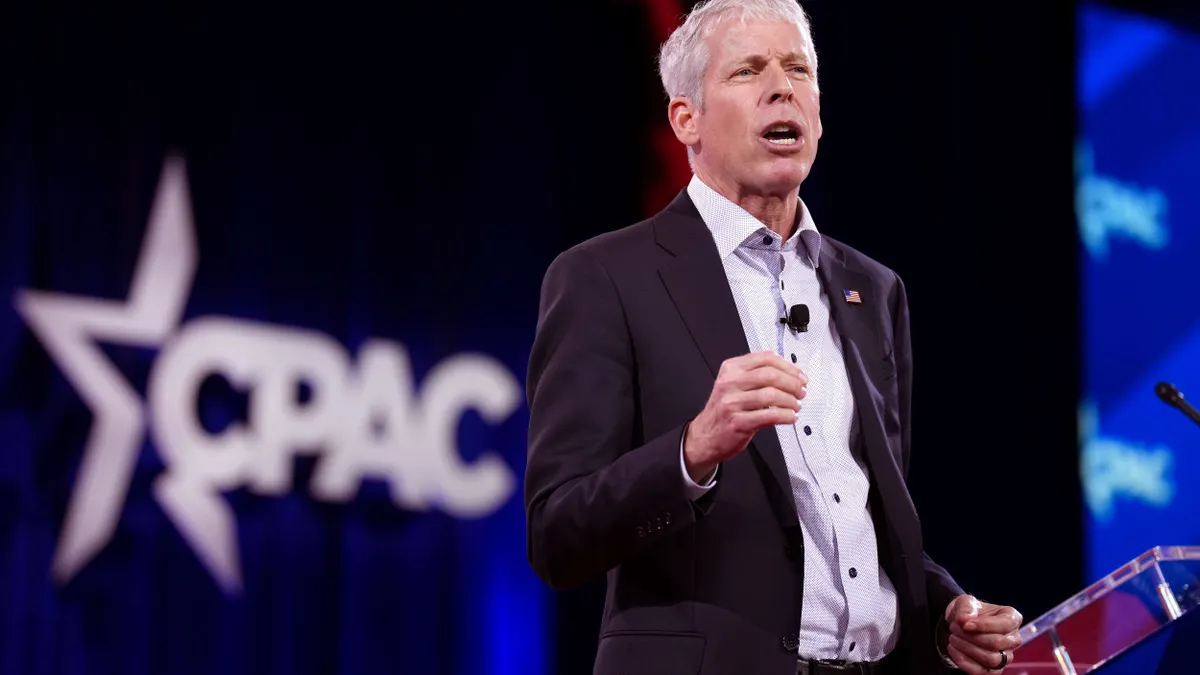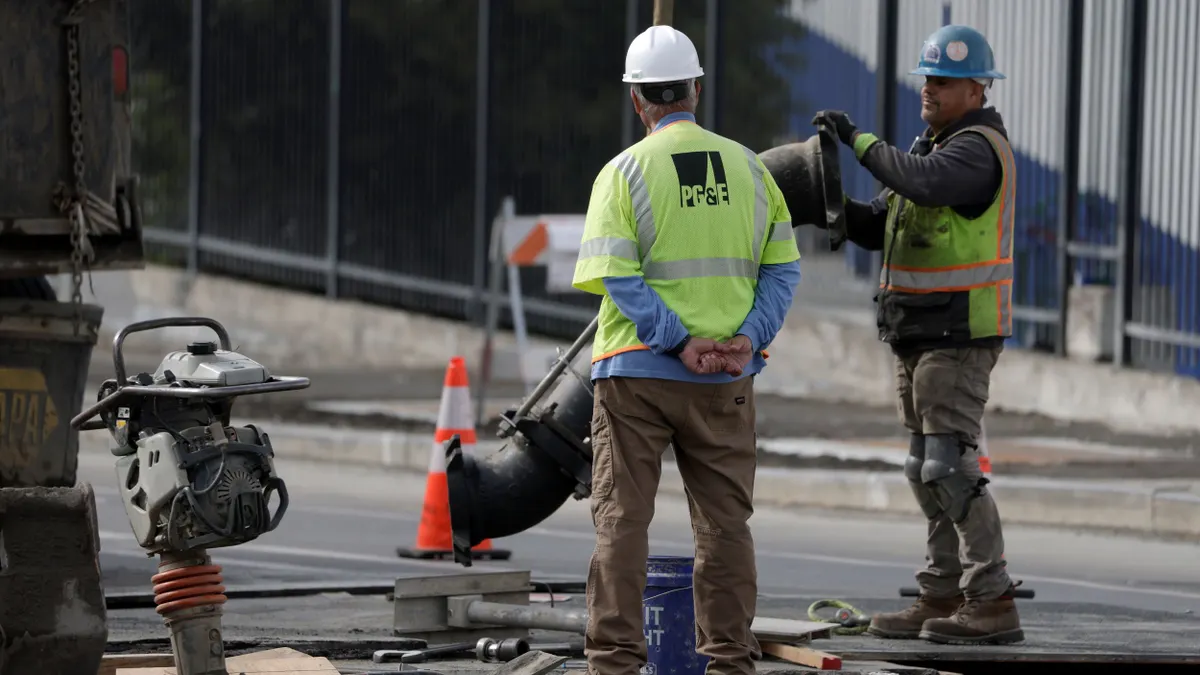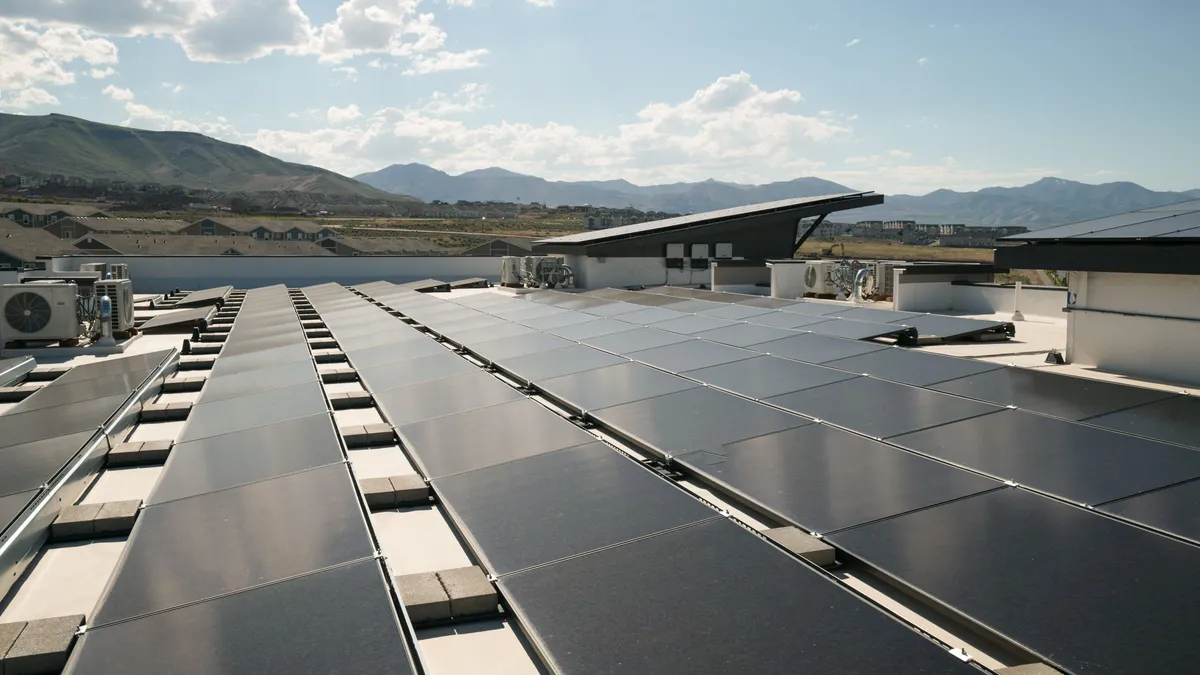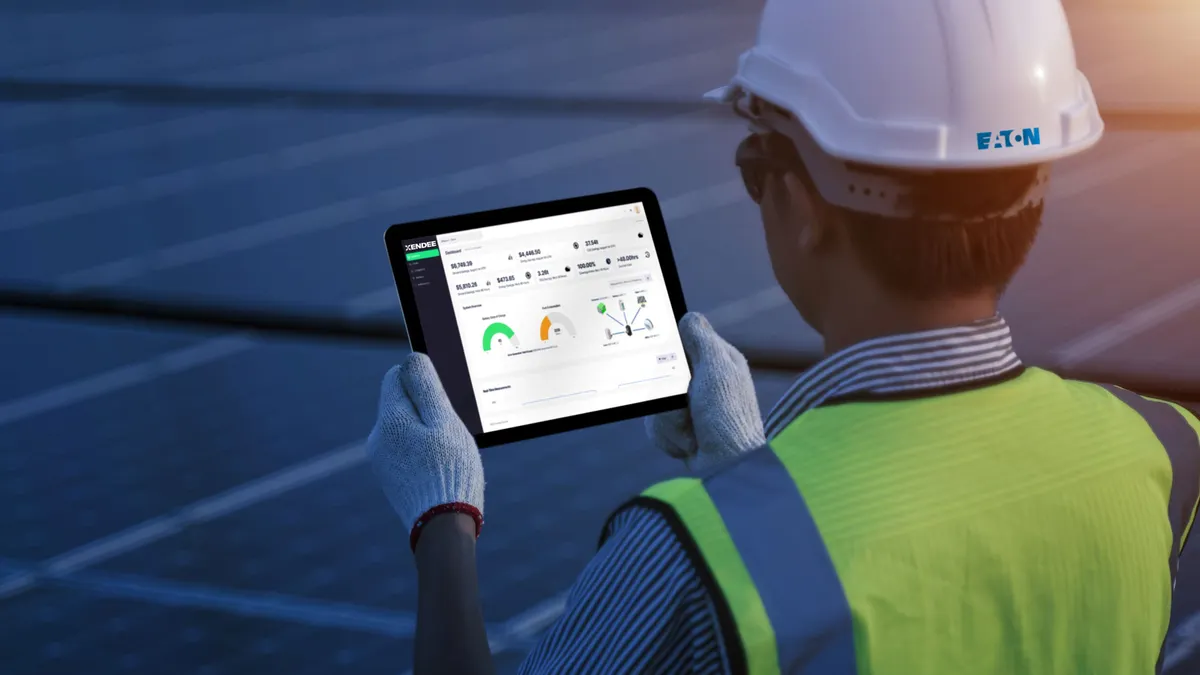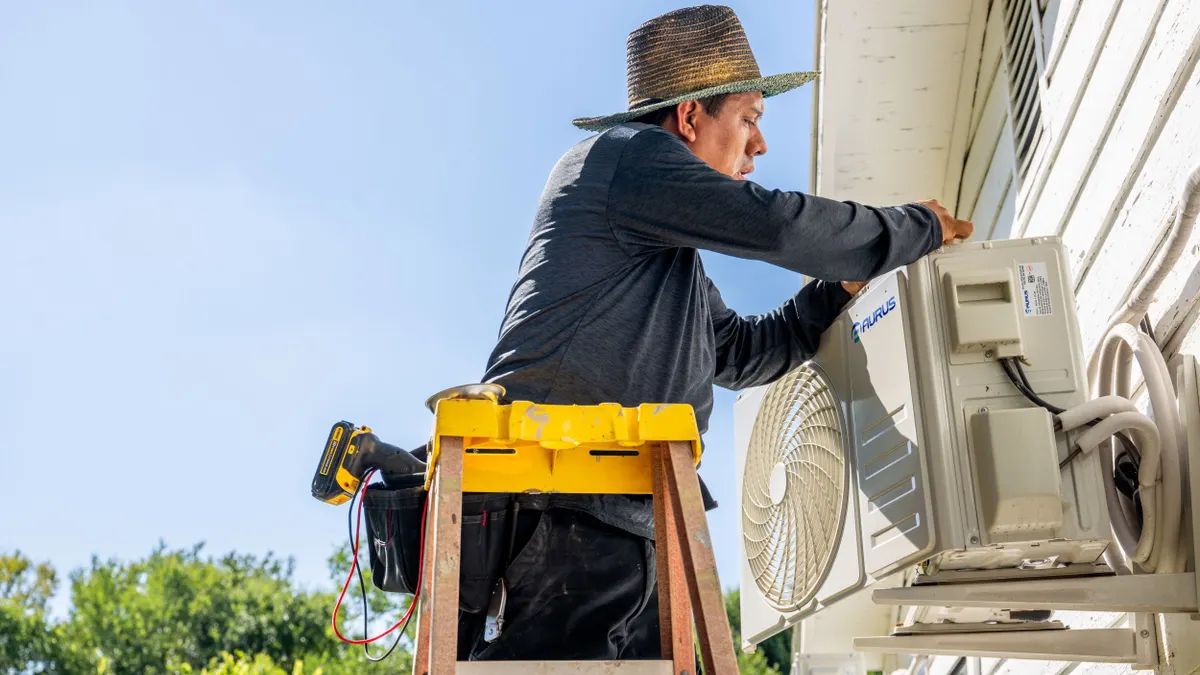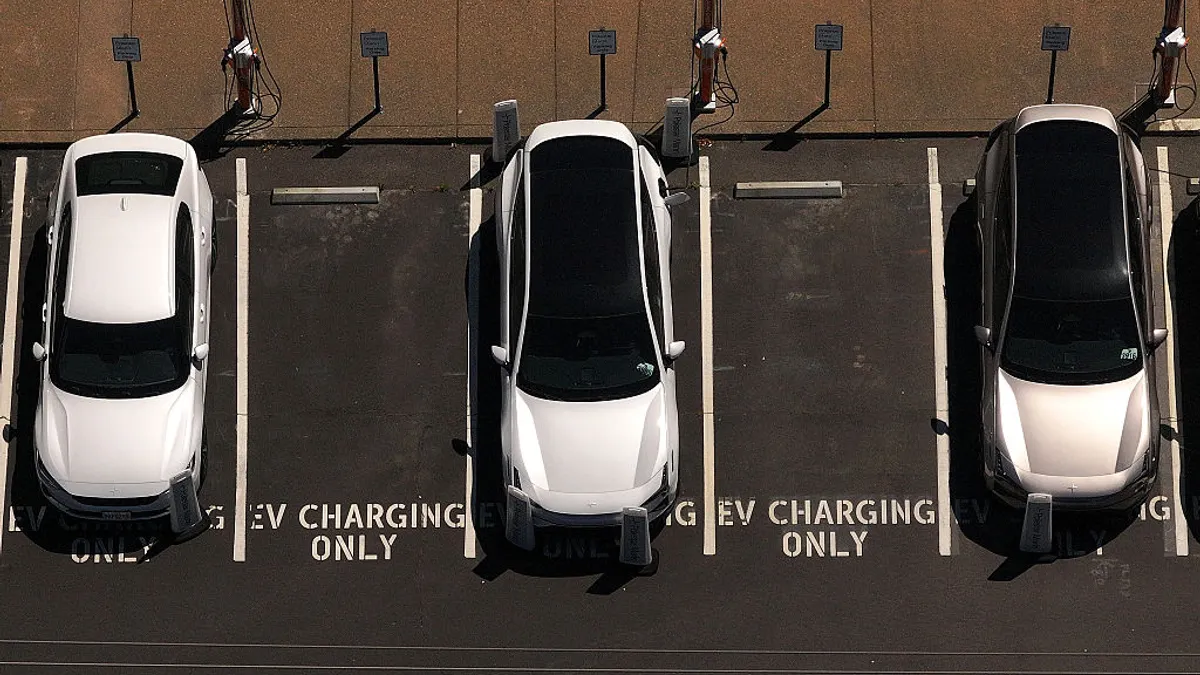Distributed Energy
-
NYPA adopts 5.5-GW renewables plan amid concerns over affordability, policy changes
Developers with major solar, wind and storage projects in the New York Power Authority’s updated plan include AES, EDF Renewable Energy, Forward Power and Orenda.
By Ethan Howland • Dec. 10, 2025 -
Deep Dive
Utilities, regulators look to accelerate pilots to achieve speed-to-innovation
Stakeholders say clear cost limits, timelines and parameters for scaling can overcome the inertia of a traditionally risk-averse industry.
By Herman K. Trabish • Dec. 1, 2025 -
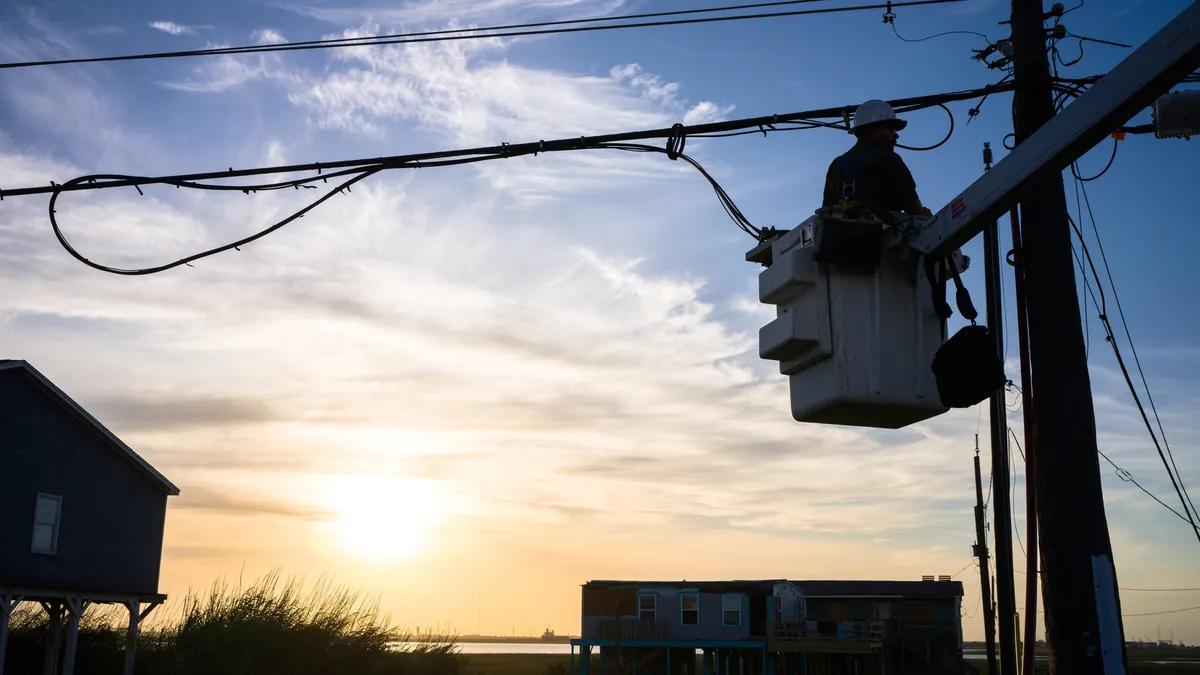 Explore the Trendline➔
Explore the Trendline➔
 Brandon Bell/Getty Images via Getty Images
Brandon Bell/Getty Images via Getty Images Trendline
TrendlineAI in the Power Sector
Artificial intelligence is uniquely positioned to impact the electricity industry from both ends: as the technology driving large load demand growth and as a tool with the potential to make the power system more efficient.
By Utility Dive staff -
Opinion
Beyond new wires: The untapped path to grid resilience
The fastest, most affordable path to resilience lies in maximizing distributed energy resources already in homes and businesses, and incentivizing more installations, Uplight’s Hannah Bascom writes.
By Hannah Bascom • Dec. 1, 2025 -
Sunrun sees 400% growth in virtual power plant participation
The company says battery attachment rate is 70% for new customers in the third quarter of 2025, up 10 percentage points from last year.
By Brian Martucci • Nov. 10, 2025 -
The week in 5 numbers: Gas valuations soar, but solar leads new capacity
Other figures show a continued contraction in manufacturing, rising wind prices and interest in 765-kV power lines.
By Meris Lutz • Nov. 7, 2025 -
Bloom Energy says it’s on track for 2 GW annual production capacity
The California-based fuel cell company sees opportunity in serving AI data centers looking for on-site power.
By Brian Martucci • Oct. 30, 2025 -
Deep Dive
In an era of rising rates, policies to strengthen power system flexibility can lower costs
The right policies can provide grid flexibility, which reduces demand-driven rate spikes and protects consumers while allowing utilities to build out the grid, experts say.
By Herman K. Trabish • Oct. 29, 2025 -
Wholesale food giant completes largest rooftop solar project to date
The array atop a United Natural Foods’ California distribution center is expected to meet approximately 80% of the facility's electricity needs. Other grocery companies have also turned to solar energy.
By Catherine Douglas Moran • Oct. 29, 2025 -
Opinion
Renewing the case for energy efficiency: a grid resource, customer trust tool and economic engine
Efficiency and broader demand-side management strategies are powerful tools for grid planning that offer flexibility, speed and cost control, writes ICF’s Justin Mackovyak.
By Justin Mackovyak • Oct. 24, 2025 -
Portland General Electric invests in AI-powered flexibility to speed data center connection
The utility is working with startup GridCARE to help data centers plug into transmission-constrained grids without waiting for new infrastructure, executives said.
By Brian Martucci • Oct. 20, 2025 -
States sue EPA over canceled Solar for All grants
In the third lawsuit filed about the grants this month, 22 states and the District of Columbia contend the agency illegally revoked $7 billion in clean energy funds awarded to local governments.
By Robyn Griggs Lawrence • Oct. 17, 2025 -
VPP Convergence Project aims to educate states on virtual power plants
Tesla, Sunrun, Leap, Voltus and the National Association of Regulatory Utility Commissioners are involved in the effort.
By Ethan Howland • Oct. 15, 2025 -
Opinion
Why data center operators should pay for residential electrification upgrades
Upgrading households is the fastest way for hyperscalers to obtain all the electricity they need, writes Ari Matusiak, founder and CEO of Rewiring America.
By Ari Matusiak • Oct. 10, 2025 -
Deep Dive
Grid planners and experts on why markets keep choosing renewables
“If natural gas was the cheapest option to meet the peak, the markets would select it,” said Sean Kelly, co-founder and CEO of forecast provider Amperon and a former energy analyst.
By Herman K. Trabish • Oct. 9, 2025 -
Opinion
Distributed energy resources can accelerate data center interconnection
Solutions that help local utilities find or create spare grid capacity by harnessing distributed energy resources could help bring more AI compute capacity online faster.
By Jen Downing • Oct. 6, 2025 -
Newsom vetoes energy bills on virtual power plants, load management and interconnection
Trade and environmental advocacy groups said adopting a virtual power plant deployment plan could have saved Californians $750 million a year. The governor vetoed it, citing financial strains on the state energy commission.
By Meris Lutz • Oct. 6, 2025 -
The week in 5 numbers: DOE slashes clean energy funding following coal ‘investment’
Plus PJM’s data center woes, record storage deployment and new generation additions.
By Meris Lutz • Oct. 3, 2025 -
Utility conferences to watch in 2026
See our annual list of notable power-sector conferences where industry leaders will share knowledge in a rapidly-changing landscape.
By Meris Lutz • Oct. 1, 2025 -
Data center demand drives 33% jump in VPP deployments: Wood Mackenzie
But virtual power plant capacity rose more slowly than deployments last year, highlighting barriers to broader adoption, WoodMac said.
By Brian Martucci • Sept. 22, 2025 -
Opinion
The future of virtual power plants is technology agnostic
Interoperability is crucial for deploying certain consumer technologies efficiently at scale, writes Molly Podolefsky, a managing director at Clarum Advisors.
By Molly Podolefsky • Sept. 19, 2025 -
Xendee and Eaton partner to expand microgrid solutions for facility, campus managers
Eaton took a minority stake in the microgrid optimization platform as part of the deal, which Xendee said would add services and functionality for microgrid designers, developers and end users.
By Brian Martucci • Sept. 9, 2025 -
Prominent groups launch coalition around distributed energy resources
Common Charge, under the leadership of acting Executive Director Katherine Hamilton, seeks to “drive consumers and policymakers to unlock the full potential of distributed assets."
By Meris Lutz • Sept. 3, 2025 -
Opinion
The cheapest power plant is in your home
Households can help prevent blackouts and lower energy bills if we plan smarter and reward people for using power at the right time.
By Paul Hines • Aug. 25, 2025 -
Managed EV charging could generate $30B in annual savings by 2035: report
Carefully managing electric vehicle demand could cut all U.S. electric bills by 10% annually, regardless of whether a customer owns an EV, according to new research from ev.energy.
By Robert Walton • Updated Aug. 27, 2025 -
California’s virtual power plant could save $206M by 2028: Brattle
Advocates say the taxpayer-funded Demand Side Grid Support program is critical to reducing energy costs and managing the California grid, but it faces an uncertain future.
By Robert Walton • Aug. 20, 2025


